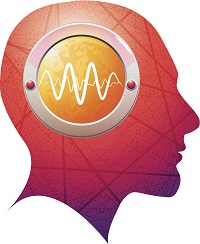Types of Seizures
Epilepsy is a disorder of the brain. People are diagnosed with epilepsy when they have had two or more seizures.
There are many types of seizures. A person with epilepsy can have more than one type of seizure.
The signs of a seizure depend on the type of seizure.
Sometimes it is hard to tell when a person is having a seizure. A person having a seizure may seem confused or look like they are staring at something that isn’t there. Other seizures can cause a person to fall, shake, and become unaware of what’s going on around them.
Learn about different types of seizures and their signs and symptoms so you can tell when someone is having a seizure.
Visit our first aid page to learn what you can do to keep that person safe until the seizure stops by itself.
Seizures are classified into two groups.
- Generalized seizures affect both sides of the brain.
- Absence seizures, sometimes called petit mal seizures, can cause rapid blinking or a few seconds of staring into space.
- Tonic-clonic seizures, also called grand mal seizures, can make a person
- Cry out.
- Lose consciousness.
- Fall to the ground.
- Have muscle jerks or spasms.
The person may feel tired after a tonic-clonic seizure.
- Focal seizures are located in just one area of the brain. These seizures are also called partial seizures.
- Simple focal seizures affect a small part of the brain. These seizures can cause twitching or a change in sensation, such as a strange taste or smell.
- Complex focal seizures can make a person with epilepsy confused or dazed. The person will be unable to respond to questions or direction for up to a few minutes.
- Secondary generalized seizures begin in one part of the brain, but then spread to both sides of the brain. In other words, the person first has a focal seizure, followed by a generalized seizure.
Seizures may last as long as a few minutes.


